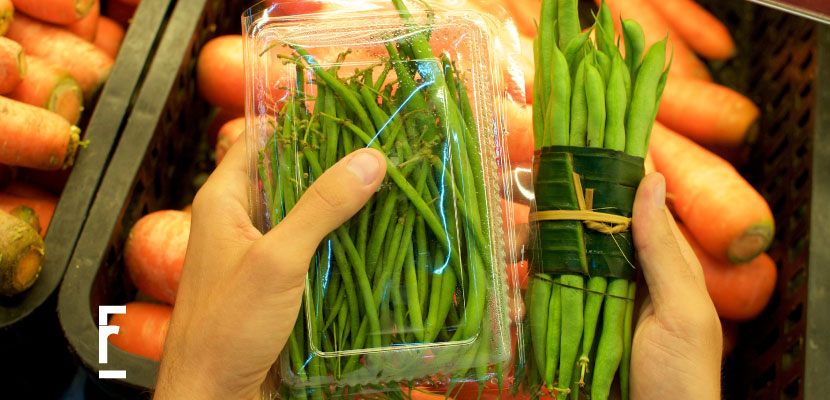
The United Nations Environment Program has projected that by 2050, the amount of plastic in the oceans will exceed the number of fish.
In fact, it’s estimated that around 13 million tons of plastic waste were dumped into the ocean last year.
These figures should be a wake-up call to take action and reverse this trend. Fortunately, in the worl, the food industry has begun implementing measures to address the problem.
Ignoring this issue is no longer an option. Businesses must adopt sustainable practices and strategies to reduce their negative environmental impact.
Start by asking: What can we do to promote positive change? What structural transformations are necessary for our business?
Packaging is one of the most critical areas for transformation. At Firstrein, we help food companies innovate their product packaging, enabling them to contribute to the global movement toward sustainability and ecological responsibility.
Below are examples of packaging innovations that focus not only on practicality but also on environmentally friendly materials:
These containers provide long-lasting product preservation by creating barriers against oxygen and moisture, protecting the flavor and stability of foods.
The opaque material also shields against light and UV rays, making these containers ideal for sensitive products. They are 100% recyclable.
This innovative technique uses specially treated carton material and advanced sealing methods to sterilize solid foods like fruits, soups, vegetables, and prepared meals.
Researchers from Utrecht University in the Netherlands developed a transparent, UV-blocking nanometric paper.
This sustainable alternative highlights how innovation can repurpose waste materials for eco-friendly packaging.
These innovations are paving the way for transformative packaging solutions. Companies worldwide are introducing eco-friendly packaging options:
Recent studies have identified sustainable sources like flax and hemp as excellent materials for biodegradable packaging due to their high cellulose content and low lignin levels, making them easier to process.
At Firstrein, we are committed to helping you transform the presentation of your food products and other items with innovative, sustainable, and branded packaging solutions.
Contact us today to learn how we can create original, eco-friendly packaging designs that align with your brand and sustainability goals.
Firstrein Design Company LLC Ⓒ — All Rights Reserved.
Top